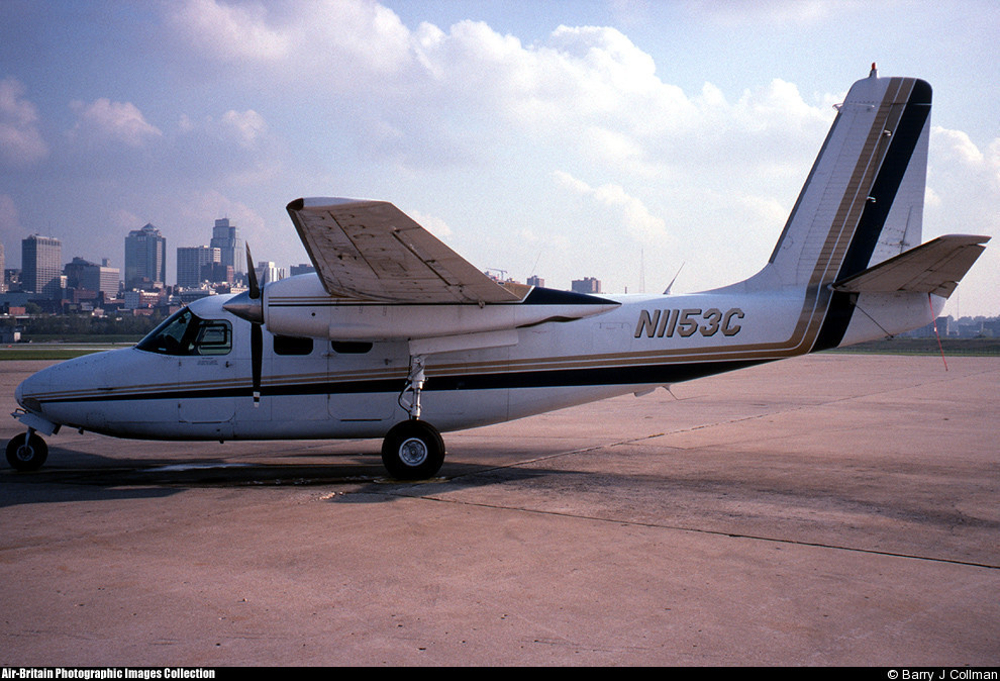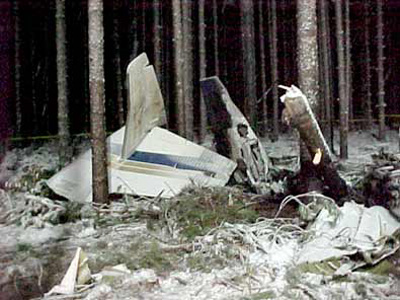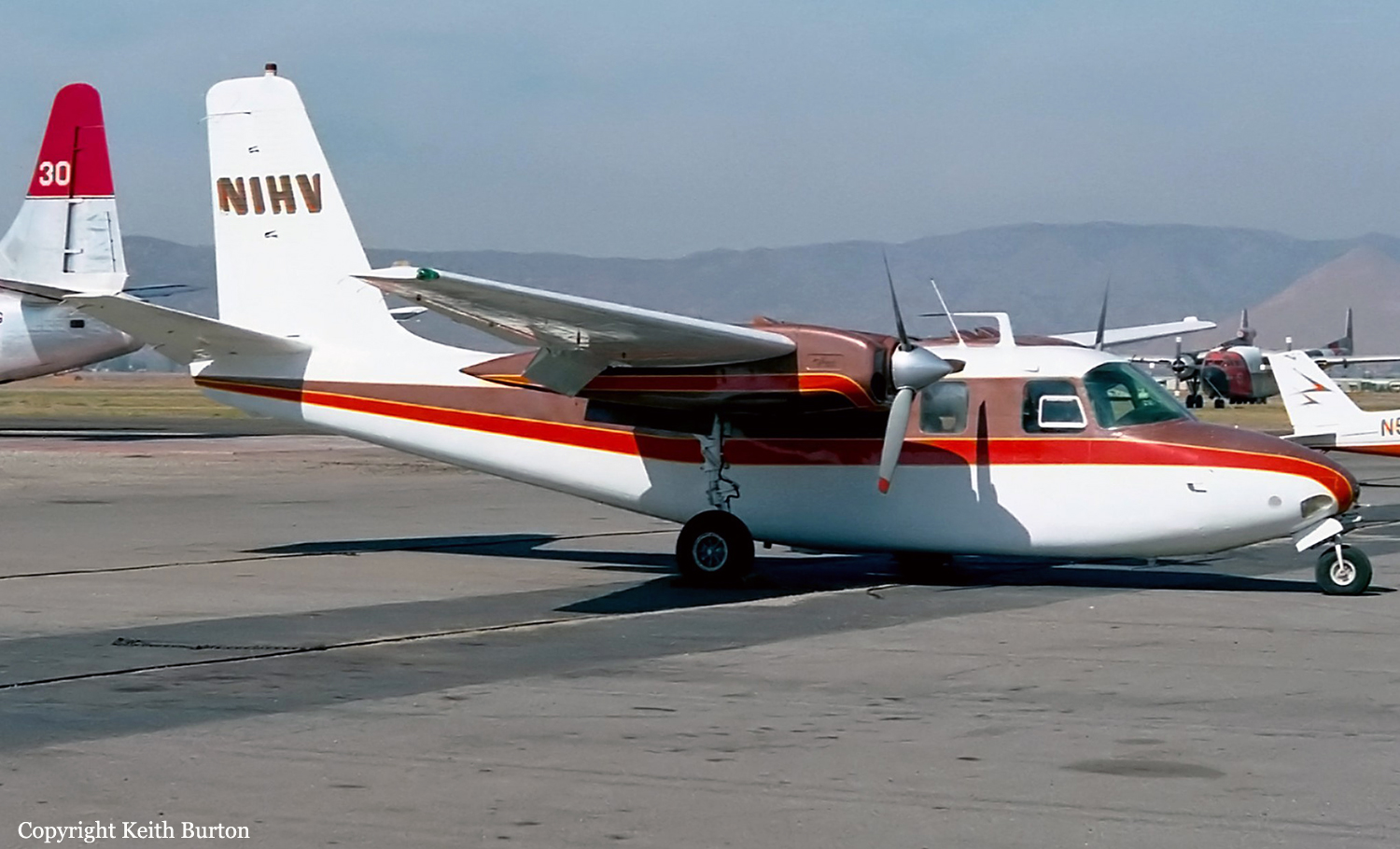Crash of a Rockwell Aero Commander 500B in Gaylord: 1 killed
Date & Time:
Nov 16, 2005 at 1803 LT
Registration:
N1153C
Survivors:
No
Schedule:
Grand Rapids - Gaylord
MSN:
500-1474-169
YOM:
1964
Crew on board:
1
Crew fatalities:
Pax on board:
0
Pax fatalities:
Other fatalities:
Total fatalities:
1
Circumstances:
The airplane was operated as an on-demand cargo flight that impacted trees and terrain about one mile from the destination airport during a non-precision approach. Night instrument meteorological conditions prevailed at the time of the accident. The airplane was equipped with an "icing protection system" and a report by another airplane that flew the approach and landed without incident indicated that light rime icing was encountered during the approach. Radar data shows that the accident airplane flew the localizer course inbound and began a descent past the final approach fix. No mechanical anomalies that would have precluded normal operation were noted with the airplane.
Probable cause:
The clearance not maintained with terrain during a non precision approach. Contributing factors were the ceiling, visibility, night conditions, and trees.
Final Report:





